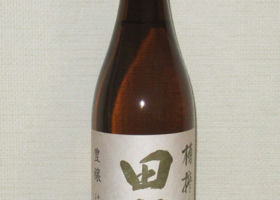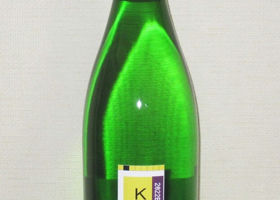Hououbiden酒未来 純米大吟醸 無濾過本生

海の男
Junmai Daiginjo with a 50% rice polishing ratio. Sake rice is "Sake Mirai". The aroma is sweet, typical of Hououmida. However, the aroma is different from the other ones we have had so far, and it has less of a pineapple flavor. It is more like pear. Maybe because of the weak aroma, it does not feel sweet for a sake with a sugar content of 13.2%. Is it just me? There is a slight astringency that remains until the light sweetness.
Japanese>English








































